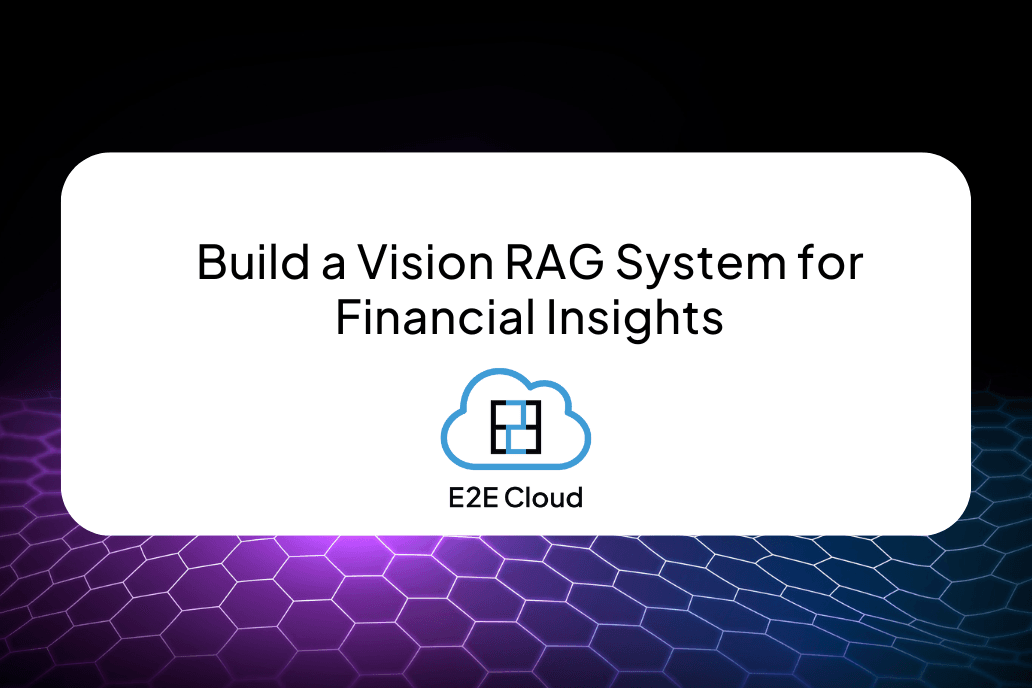Trust in AI systems has become indispensable to counter biases and ensure their reliability. In his insightful article featured on ABP Live, our CEO Tarun Dua delves into the world of Deep Learning and Generative AI, highlighting the transition from rule-based systems to complex probabilistic networks.
You can read the article here.
Tarun Dua speaks of the five essential pillars of ethical AI - fairness, transparency, accountability, privacy, and robustness. Drawing inspiration from his expertise, we explore the utmost significance of ethical AI, emphasizing the need for responsible practices and building trust in AI systems in today's digital era. Read on to gain a comprehensive understanding of the crucial role of ethical AI in shaping the future of AI-powered solutions.
The Journey to Ethical AI
The landscape of AI and ML has evolved significantly, propelled by advancements in Deep Learning and Generative AI. This transformation has seen a shift away from conventional rule-based systems towards sophisticated probabilistic networks, trained on extensive datasets. However, these intricate models sometimes resemble ‘black boxes,’ making it challenging to interpret the reasoning behind their decisions. As AI and ML continue to integrate into various industries, such as medicine, human resources, and media, the necessity to cultivate trust in AI systems becomes paramount. Building this trust is essential to address potential malfunctions and biases, ultimately bolstering the credibility and dependability of AI solutions.
Tarun Dua, our visionary CEO, emphasizes the criticality of ethical AI practices, advocating five essential pillars:
‘Responsible AI practices should ideally include five pillars of ethical AI comprising: fairness, transparency, accountability, privacy, and robustness.’
Promoting ethical practices requires transparency through interpretable AI models for accountability. Holding individuals responsible involves user feedback, Explainable AI, and performance monitoring. Preserving privacy demands data anonymization and privacy by design. Robustness is vital for reliability, training models to excel under diverse conditions and defend against adversarial attacks.
Companies developing or implementing AI systems can leverage these principles as a guiding framework to foster responsible AI practices. By adhering to these ethical tenets, AI can gain trust, credibility, and uphold its positive impact on society.
Ethical AI and Stakeholder Trust
A diverse array of stakeholders comes into play in the world of AI systems. Business leaders shoulder the responsibility of ensuring reliable and accurate AI functioning, along with instilling trust in the data used.
‘These external stakeholders would like to know when they are interacting with AI, what kind of data it is using, and for what purpose,’ remarks Tarun.
Simultaneously, organizations strive to build trust with customers, suppliers, and policy-makers. Additionally, regulators are focused on AI's net positive impact on society, prompting the development of enforcement mechanisms to safeguard human protection and freedoms. The involvement of multiple stakeholders underscores the significance of ethical AI practices and responsible implementation to foster trust and uphold the credibility of AI systems.
A Collective Commitment towards Ethical AI
To guarantee that AI development and deployment in India adhere to ethical standards, several premier entities have come up with initiatives and programs.
‘IIT Madras launched the Center for Responsible AI (CeRAI) on 15th May 2023. NASSCOM has also launched a Responsible AI initiative to create course material, upskilling programs, and toolkits to help businesses,’ says Tarun.
In recent years, our platform has taken a prominent role in the AI landscape, providing advanced Cloud GPUs to startups, businesses, and university labs. During this period, we have witnessed a remarkable shift towards responsible AI practices.
Developers and corporations have actively undertaken efforts to combat bias in data, demonstrating a strong commitment to fairness and inclusiveness. Additionally, there is a growing preference for interpretable AI models that prioritize transparency and accountability in decision-making. As Tarun Dua states,
‘In fact, ethical AI is increasingly becoming a part of the corporate vision and strategy of most businesses – typically including elements of fairness, reliability, safety, privacy/security, inclusiveness, transparency, and accountability.’
As AI adoption continues to grow, the importance of Ethical AI in promoting responsible and accountable AI systems is undeniable. Embracing these principles will undoubtedly play a critical role in shaping a future where AI technology is deployed ethically and benefits society at large.
Embark on Your Ethical AI Journey with Trust
At E2E Networks, we empower your AI journey with reliability and transparency. Reach out to us or schedule a free trial to see us in action.









